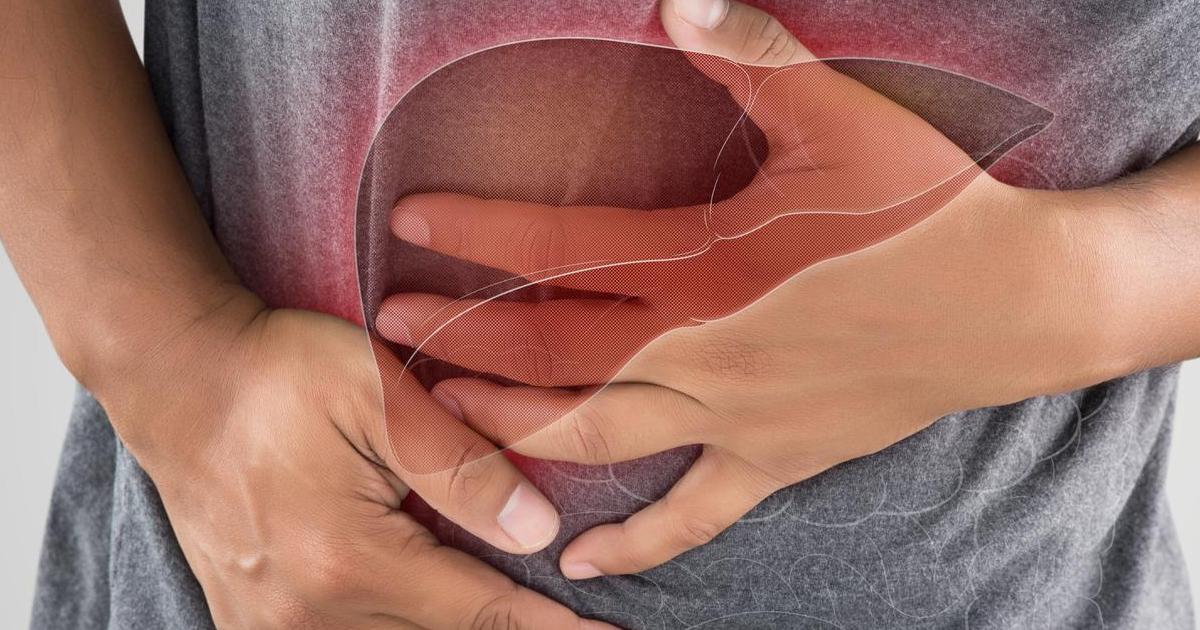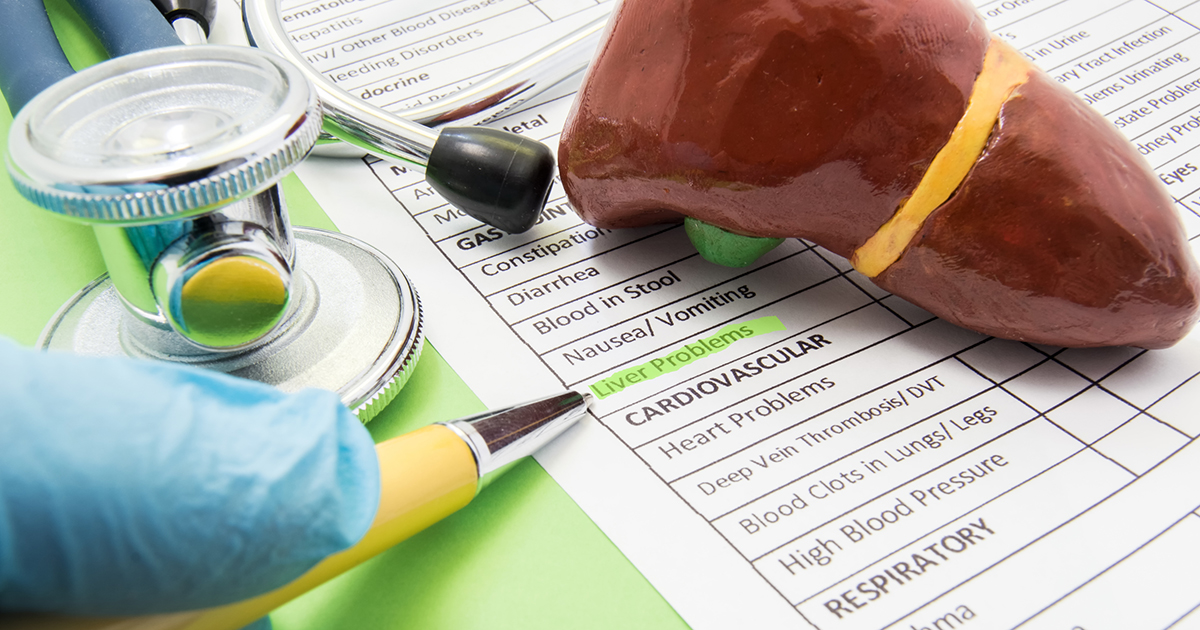Guide To The Symptoms And Diagnosis Of Lysosomal Acid Lipase Deficiency
Lysosomal acid lipase deficiency (LAL-D), previously known as Wolman disease and cholesteryl ester storage disease, is an inherited and progressive condition. Patients with this disorder have a mutation on the LIPA gene, a gene responsible for teaching the body to make LAL enzymes. As a result of this mutation, patients with this condition are unable to break down certain types of lipids, and these then accumulate in the vital organs, including the heart, liver, kidneys, and spleen. While individuals of any age can have lysosomal acid lipase deficiency, most patients begin to experience symptoms before five years old, and patients diagnosed in infancy typically show symptoms within the first month of their life. Since this disease is uncommon, it is frequently misdiagnosed. Doctors may incorrectly attribute a patient's symptoms to cardiovascular disease or metabolic disease, and it takes nearly five years for many patients to receive a correct diagnosis. In the United States, Europe, and Japan, enzyme replacement therapy is an approved treatment method. Patients are normally placed on cholesterol-reducing medication as well.
Some of the most common diagnostic tests and symptoms associated with lysosomal acid lipase deficiency are outlined below.
Enlarged Liver And Spleen

An enlarged liver and spleen are typical features of lysosomal acid lipase deficiency, and the entire abdomen is often distended and painful. To assess the size of the liver and spleen, the doctor will perform an abdominal examination. During the exam, they will gently tap on the areas over the spleen and liver and lightly feel each organ to assess for size and firmness. If the physical exam indicates these organs may be enlarged, ultrasounds and other imaging studies can be carried out to obtain more detailed information. Liver enlargement usually occurs in conjunction with liver dysfunction, liver failure, or cirrhosis, and patients who have an enlarged spleen might also have an overactive spleen that may reduce platelet counts and lead to anemia.
Get to know more symptoms of lysosomal acid lipase deficiency now.
Jaundice

Jaundice is a symptom that can occur in both infants and adults with lysosomal acid lipase deficiency. It refers to a yellow discoloration of the skin, whites of the eyes, and mucous membranes. This symptom develops due to an abnormally high level of bilirubin, a yellowish bile pigment. For patients with LAL-D, jaundice results from the liver function issues that occur with this ailment. Along with jaundice, patients could have itchy skin, and they may experience weight loss and dark-colored urine. To evaluate this symptom, the physician will look at the patient's skin for signs of liver issues, including bruises, spider angiomas, and palmar erythema. Blood and urine tests are used to measure bilirubin levels, and CT scans and biopsies of the liver may be appropriate. To treat jaundice, doctors focus on treatment for the underlying condition and on the management of jaundice-related symptoms such as itchy skin.
Keep reading to uncover more warning signs of lysosomal acid lipase deficiency now.
Poor Nutrient Absorption

As a result of the lipid accumulation that occurs with lysosomal acid lipase deficiency, patients tend to have poor nutrient absorption. In infants, this may manifest as a failure to grow at a normal rate, and babies might also have frequent diarrhea and vomiting. Fat may be visible in stools, and patients of all ages typically have stomach cramps, fatigue, and nausea. Poor nutrient absorption occurs in approximately one-third of patients whose LAL-D begins after infancy. Along with nutrient absorption issues, patients may have gallbladder problems. They normally have high levels of low-density lipoprotein ('bad') cholesterol and low levels of high-density lipoprotein ('good') cholesterol. They may also have elevated liver enzymes.
Enzyme replacement therapy may be helpful in managing these symptoms, and patients may wish to consult a nutritionist for dietary advice. Nutritionists can provide meal planning advice and help patients find foods that result in less abdominal pain, nausea, and vomiting. Sometimes, doctors may recommend supplemental nutrition for certain patients, and medications can be provided to help with digestion and reduce nausea, diarrhea, and constipation.
Discover another symptom of lysosomal acid lipase deficiency now.
Liver Fibrosis

Patients with LAL-D often have significant liver damage, and this can result in liver fibrosis, a precursor to liver cirrhosis. Fibrosis of the liver develops as the liver attempts to repair itself and replace the damaged cells. This produces an excessive amount of scar tissue within the liver itself, and it normally causes no symptoms unless it progresses to cirrhosis. To detect fibrosis, doctors perform blood tests and imaging studies as needed, and sometimes, a liver biopsy may be required. This information enables clinicians to determine if the fibrosis is mild or more severe. Patients who have fibrosis will need to be monitored frequently by liver specialists. Although there is currently no treatment for fibrosis, medications that may reduce the extent of the disease are being investigated.
Read about how lysosomal acid lipase deficiency is diagnosed next.
Blood Tests

Several different types of blood tests are beneficial in the diagnosis and management of lysosomal acid lipase deficiency. For diagnosis, genetic testing can be performed to sequence the patient's LIPA gene and detect any abnormalities. This test determines whether a patient has the disease, and it is also used to determine whether an individual is a carrier. Genetic testing may be done prenatally in at-risk pregnancies. Tests to measure the patient's level of the LAL enzyme are also useful for diagnostic purposes.
In terms of managing lysosomal acid lipase deficiency, patients generally need to have regular cholesterol tests to monitor their levels and determine an appropriate dose and type of cholesterol-reducing medication. Patients may also need to have frequent tests to measure their liver and kidney function and to check for possible complications such as anemia. Patients with jaundice may need to provide blood samples to check their bilirubin levels. Certain blood samples, including the ones for genetic testing, can sometimes be taken via a fingerstick method. Liver and kidney function tests usually involve blood taken from a vein in the back of the hand or at the crease of the elbow.